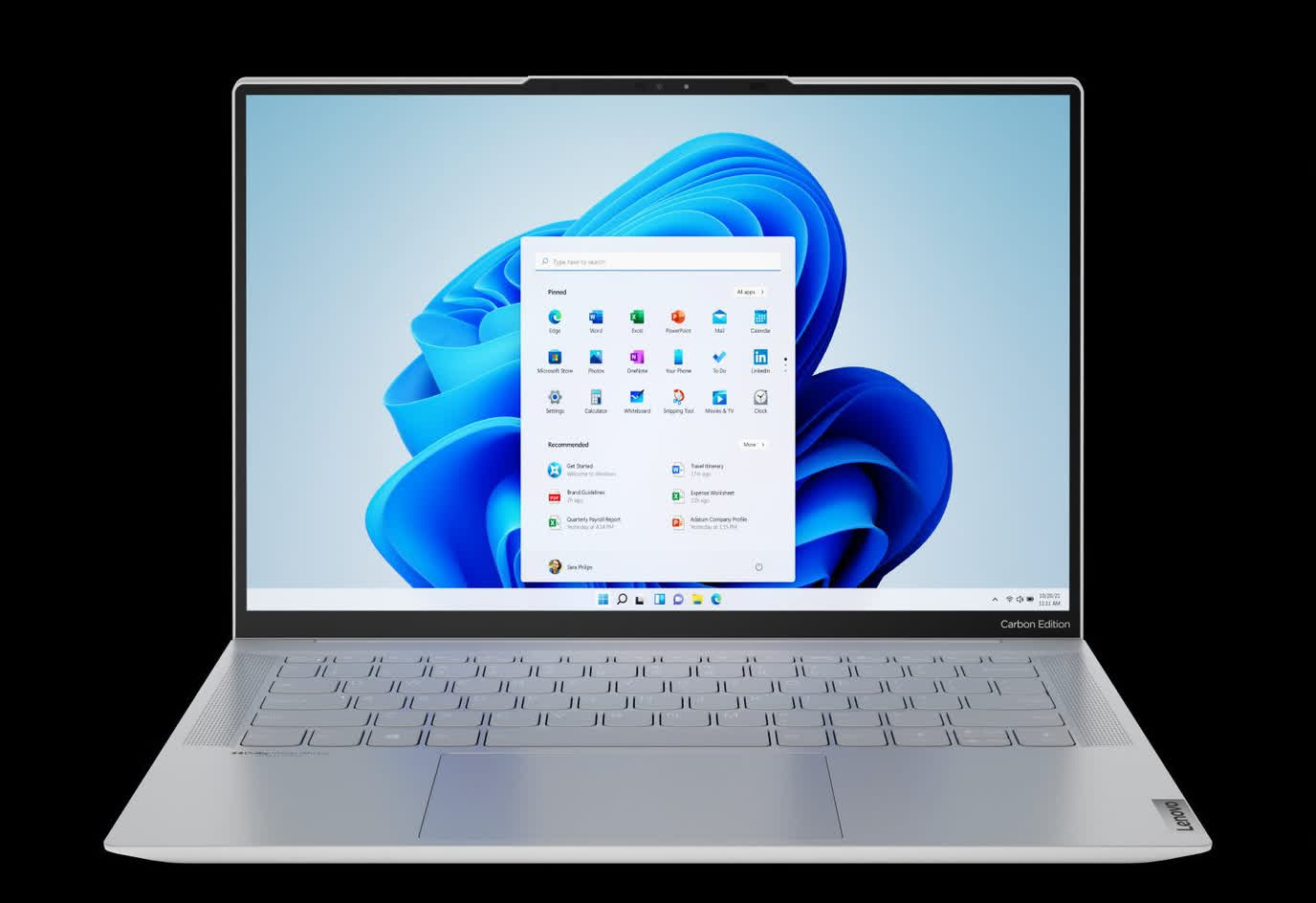Something to look forward to: Few things are more frustrating than when apps freeze and refuse to close. It's even worse when Task Manager won't open either. Thankfully, a future Windows update might allow users to force quit any application through the taskbar. Windows Insiders are currently testing the feature.
The Windows Insider program lets users test experimental features before Microsoft adds them to the stable build. The unstable Canary build has a potentially upcoming addition that has caught Insiders' attention. The feature would finally allow users to force-quit applications directly from the taskbar.
When you select "Close window" on an application in Windows, it will stop the primary process and attempt to end the program. While this usually goes without a hitch, the app can sometimes refuse to close. In severe instances, it may even begin to slow down or entirely freeze the entire operating system. So Windows developers are fiddling with a new "End task" button.
You will soon be able to quickly end an entire task/process by right clicking it on the taskbar and choosing a new 'End task' option, Task Manager style. New in build 25300 and hidden.
– PhantomOcean3 �'��'� (@PhantomOfEarth) February 15, 2023
vivetool /enable /id:42592269 pic.twitter.com/mdw9XLeQln
Leaker PhantomOcean initially discovered the feature in a February Canary build. Presumably, developers didn't intend for users to know about the functionality since it is hidden by default. However, PhantomOcean gained access using ViveTool, a program that can discover unrevealed features and apps.
More recently, Tom's Hardware found it still seems to be in this placeholder state even months after discovery. While the prompt is visible within the taskbar, it does not perform any action when clicked. This inactive state could mean that developers are still tweaking it. It could even get abandoned if it fails to function as Microsoft intends.
Allowing novice users to stop an application at the system level could be risky. Force-closing active software can cause many issues, including unsaved work, file corruption, or OS instability. So Microsoft might want to leave the feature hidden or disabled by default if it eventually approves it for a stable build.
Some users might not understand the potential dangers of forcing an application to close, which could potentially damage their device. However, the feature is a nice quality-of-life upgrade within Windows for those tech-savvy individuals that know when and when not to use it.
